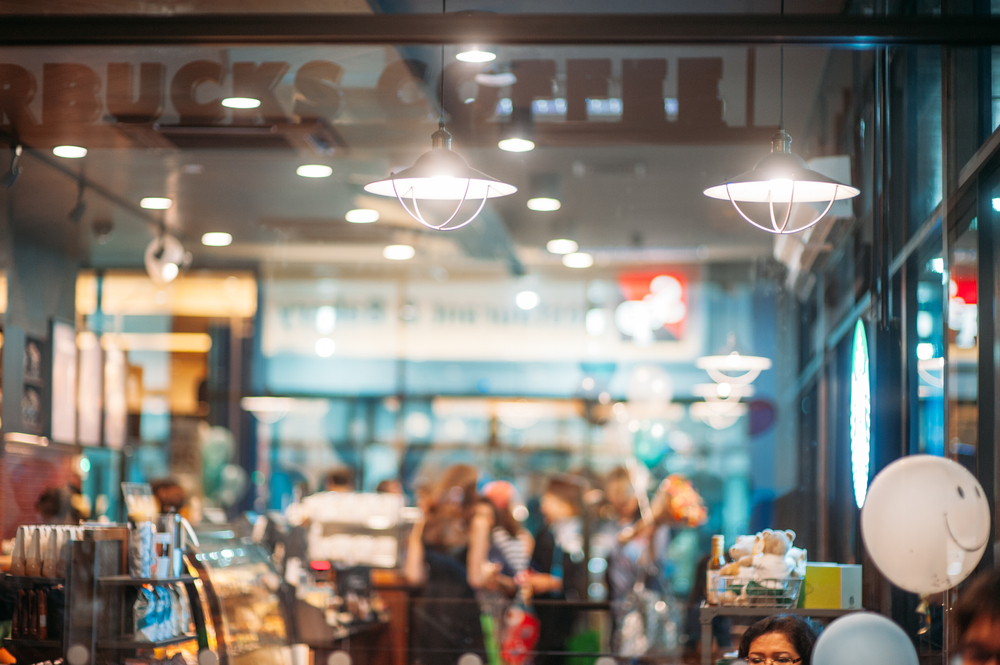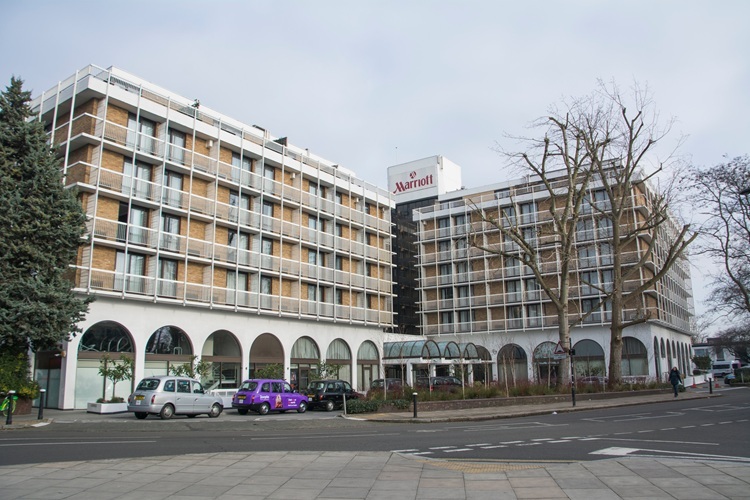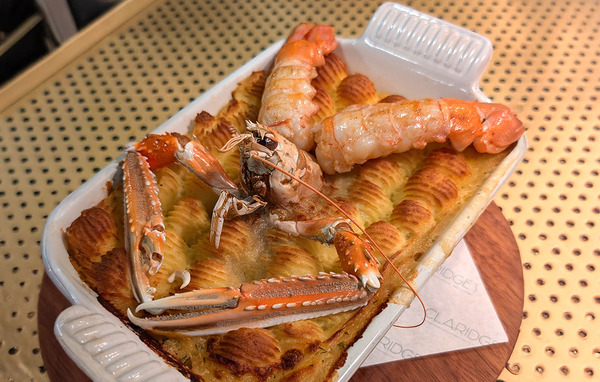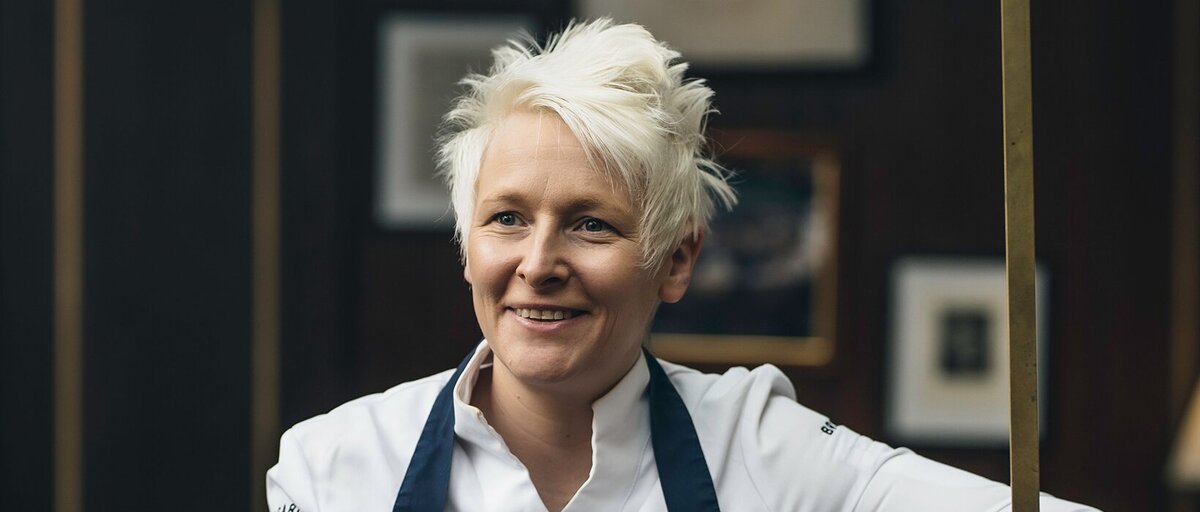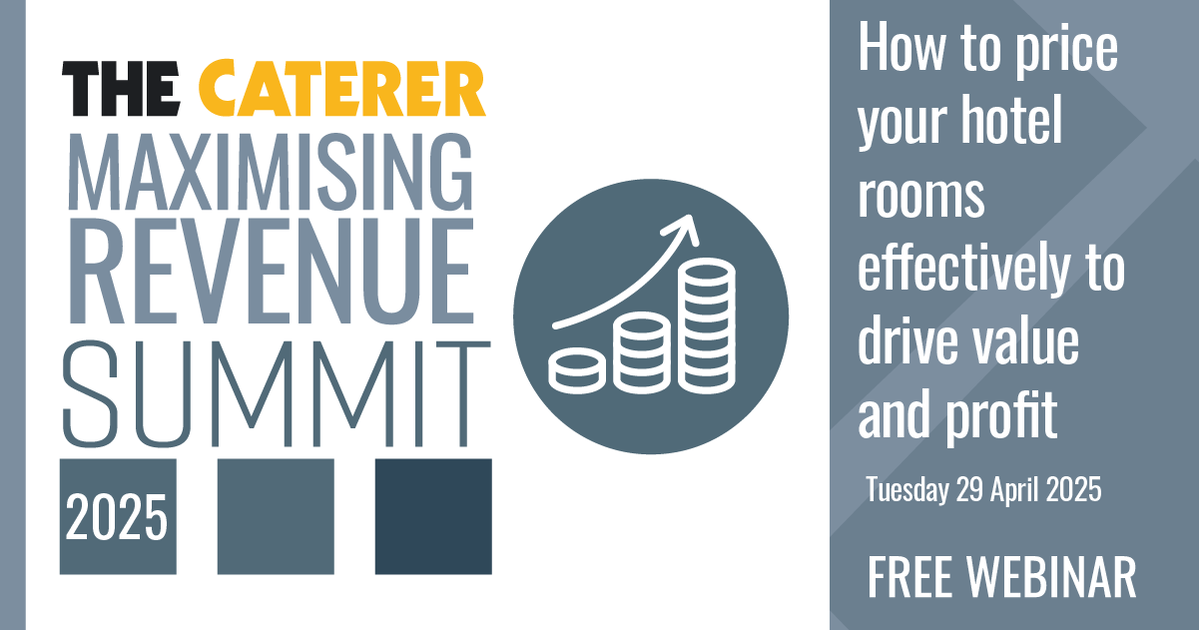Handheld ordering systems
Being able to take your Electronic point of sale (EPoS) system with you to the table can reduce errors in the ordering process, and can give customers a better dining experience. This article explains what to look for in a hand-held ordering system, and how to connect it to back-end restaurant processes.
What is a hand-held ordering system?
Imagine taking your point-of-sale terminal with you, away from the counter or bar. A hand-held ordering system is a mobile EPoS system designed to give waiters more flexibility in the restaurant, by taking orders from customers directly at the table and relaying them to the kitchen without having to walk back to a separate terminal at the counter. Also called MPoS (mobile point of sale), the systems consist of a hand-held device and a wireless network that enables it to communicate information from anywhere in the restaurant.
Why is it useful?
The idea is that waiters can improve service by processing orders more quickly, reduce the human error involved in writing down orders and re-entering them at a fixed EPoS terminal, and increase customer throughput. It can also be used for taking orders from queuing customers, meaning that they are more inclined to stay and wait for their table. And waiters can move between tables without having to return to a fixed terminal, therefore improving their efficiency.
Can I take payments at the table too?
Many hand-held ordering systems are designed to take not just orders at the table, but payments too. A separate or integrated card swiping system and belt printer (for receipts) can be carried by the waiter, and when the card is fed through the reader, it can be processed without the waiter leaving the table.
Many customers will feel very comfortable with this feature because it helps to reduce the risk of card fraud, in which a customer's credit card is copied by restaurant staff working out of sight. A hand-held payment processing system enables customers to pay without getting up, and without losing sight of their card. Many hand-held systems now support chip-and-PIN technology for extra security.
Do I need special software?
Generally, the organisations selling the MPoS systems will also sell the software as part of a package. It can either operate in a "thin client" format, where the EPoS software runs on a central computer and simply feeds a user interface image through to the handheld client device, or it can be a client/server system, in which the database and some back-end processing is handled on the server, but a software program sits on the client device for local processing.
What sort of communications network would I use?
When these systems first began, radio frequency technology was sometimes used. A coaxial cable would be run around the restaurant, and would pick up signals from the handheld clients. Today, however, wireless computer networks have been standardised. WiFi — the same networking standard used for wireless access in hotels — is a cheap and convenient way to communicate between handheld clients and a central server.
What type of equipment is used?
Restaurants can choose between three different types of equipment when creating a hand-held ordering system:
Personal digital assistants (PDAs): These devices are designed as personal consumer technologies, for managing calendars and contacts. However, operating systems from companies such as Microsoft and Palm One allow for other applications to be used. Many PDAs come with wireless access built in, and pen-enabled screens are universally used.
Custom terminals: Companies such as Symbol develop custom terminals designed for rugged operation in a busy restaurant environment. These can often cost more, but the return on investment can improve because the devices fail less often.
Tablet PCs: Many models of this relatively new generation of PC are available in a slate format, without a keyboard. They provide bright, pen-ready screens between 12in and 14in in size, making it possible to display more and show things to customers. However, tablet PCs are likely to be the most expensive option.
What other features should I be looking for?
A hand-held ordering system should relay information to the kitchen staff so that they can begin cooking meals immediately, and you should ensure that they also integrate with a restaurant management system to help automate tasks such as stock control.
Depending on the type of terminal that you use, you should begin to think about using the handheld ordering system not only for relaying orders, but for showing extra information to guests. Perhaps, for example, they would like to see a picture of a particular dish before they order.
Having access to more information about meals from a server database enables you to provide instant answers to important questions about food content. This will reassure guests with allergies, for example.
A good restaurant management system will also enable you to retrieve information about the status of certain dishes — perhaps one dish is off the menu, and the system could tell you that at the point of ordering, saving you the trouble of taking a new order from a customer later on.
Consider the battery life of your terminal equipment. The Wagamama restaurant chain was using a consumer PDA for its terminals, but had to switch after the PDA supplier was taken over by another company. The design of the unit was changed, and the battery life dropped from six hours to three
Finally, the ability to script prompts for the waiting staff can increase revenue. If they are reminded to offer drinks or side dishes with each order, the increased orders will soon mount up.
How much do the systems cost?
Depending on how many you buy, a PDA terminal will cost you anything from £250-£500, and a tablet PC will set you back more than £1,000. Then there is the software and the network to consider. Many suppliers will sell you the whole thing as a single package.
That sounds expensive. Is it cost-effective?
Much will depend on the nature of your restaurant — whether the customer volume is high, and waiters are covering a large floor area. Wagamama tested the efficiency of its system by watching a member of staff using a fixed, counter-based EPoS system. It found that its staff walked about 3.5km a week (about 30 — 45 minutes walking time). That is time that could be spent offering more drinks, and talking about desserts, which could transfer into a higher per-customer revenue. Executives at the restaurant chain believe that the system has increased revenue by about £12,000 per server, per year.



